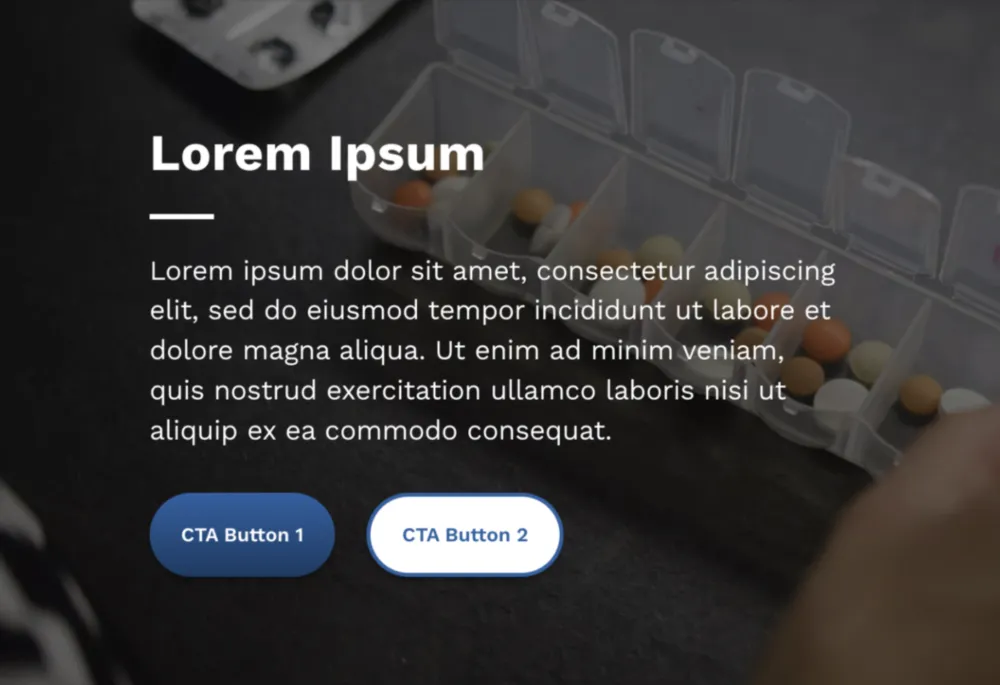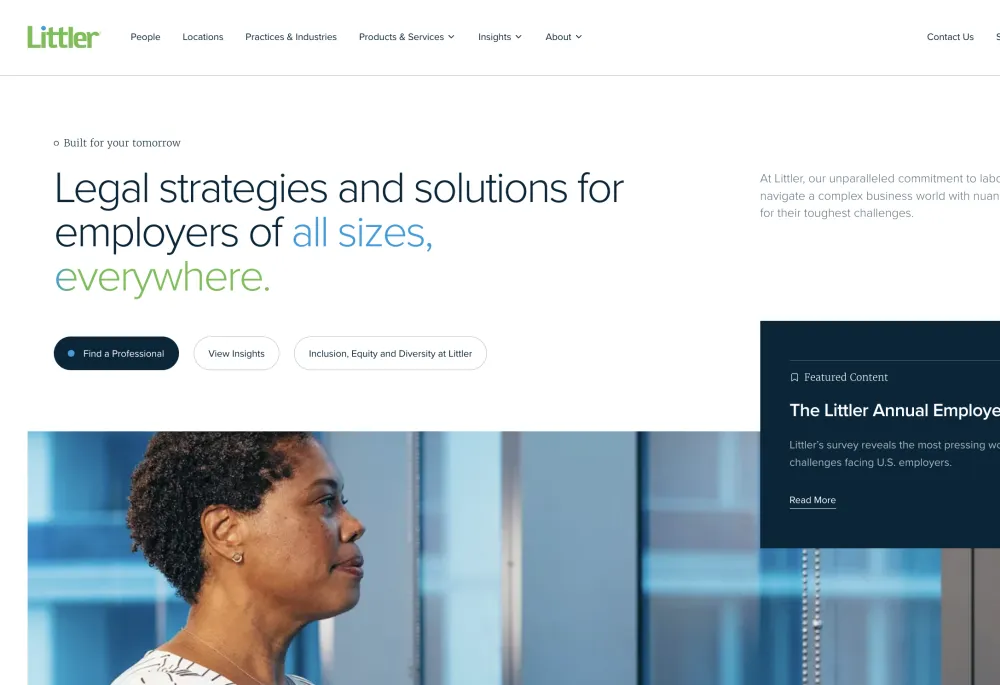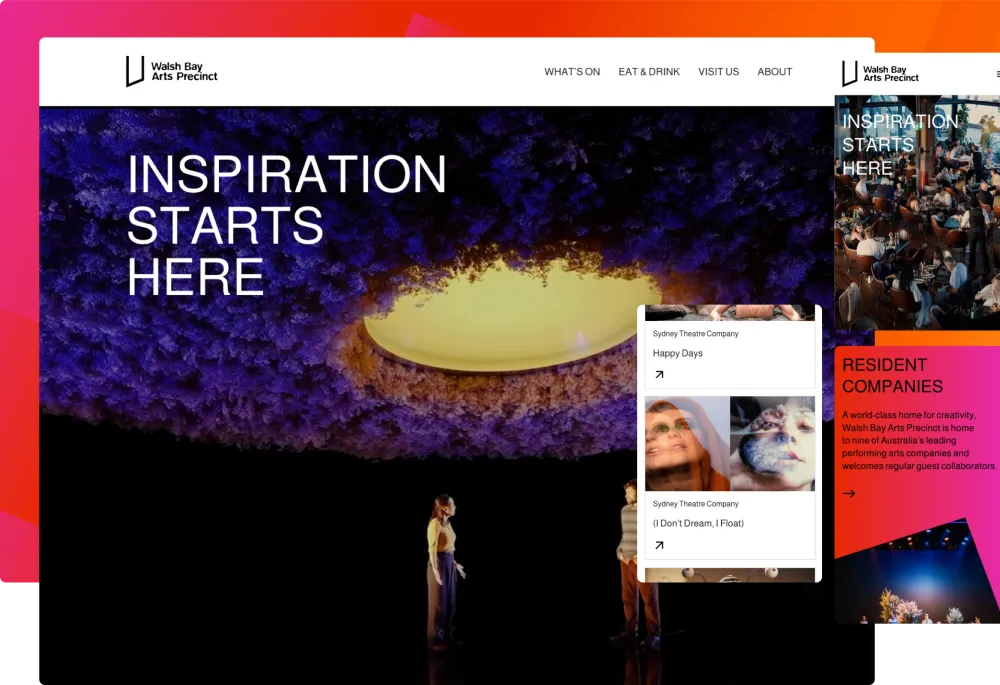Sector(s)
19%▼ in bounce rate
40%▼ in time to market
Bayer faced an urgent need to replatform over 400 consumer brand sites from a soon-to-be-obsolete platform to a modern, flexible solution that would accommodate diverse content strategies across different languages and cultures, while also maximizing ROI and operational efficiency.
The project set out with ambitious goals: to replatform 400 consumer brand sites to a state-of-the-art, flexible system that could accommodate diverse content strategies while ensuring consistent user experiences across 50 languages. Bayer needed to navigate the complexities of unique branding and regulatory needs while centralizing governance and enabling market-level customization. These goals were underscored by the urgency to transition from a soon-to-be obsolete platform, all within a tight 18-month timeline.
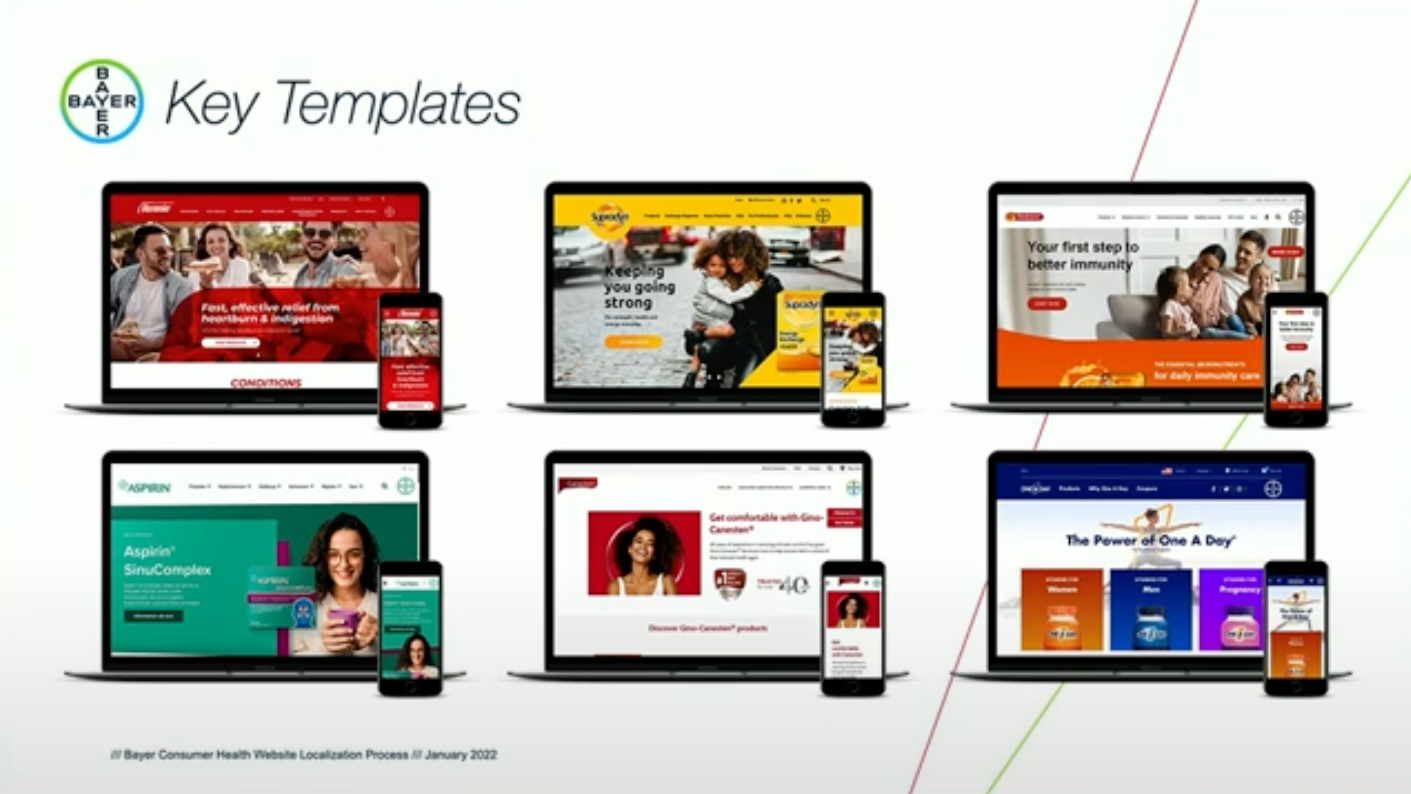
Timeline and Major Milestones
A key milestone involved the initial setup of a core design system and governance protocols. This foundational work allowed the project to quickly move into its first phase, where a select number of sites were launched to test integration and functionality. The project then accelerated into its second phase, achieving an impressive pace of launching up to 100 sites per month. The final phase saw the completion of all 437 sites, equipped with ongoing optimizations to ensure peak performance.
Unique Aspects of the Project
What distinguished this project was its sheer scale and complexity. Managing hundreds of sites, each with unique visual identities and regulatory requirements, required a sophisticated strategy that balanced centralization with local flexibility. By integrating Acquia tools with Drupal, the team crafted a unique solution that maintained strong centralized governance while allowing for agile, decentralized content management.
Project Management Approach
An Agile project management approach was pivotal to navigating this complexity. By breaking down the project into manageable sprints, the team could incorporate ongoing feedback and make iterative improvements, adapting to Bayer's dynamic needs and the aggressive timeline.
Project Outcome and Problem Solving
The outcome was transformative. The replatforming solved several critical business challenges, from the dependency on an obsolete platform to inconsistencies in user experience and high operational costs. The project achieved remarkable results, such as a leap in organic traffic from 4% to 57% and a dramatic reduction in time to market by 40%. User engagement metrics improved, with visit durations increasing by 13% and the bounce rate dropping by 19%. Financially, Bayer reaped $15 million in savings from IT and third-party costs over three years.
Conclusion
Using Drupal was instrumental in this success, enabling Bayer to address its needs for scalability and flexibility while delivering substantial business benefits. This project not only upgraded Bayer’s digital capabilities but also set a precedent for efficient and effective digital transformation at scale.
Back to topDrupal was chosen for Bayer's replatforming project due to its unparalleled flexibility and scalability. Its modular architecture allowed for significant customization across Bayer's 400 brand sites, accommodating unique visual identities and regulatory requirements while maintaining a cohesive user experience. With robust multilingual capabilities, Drupal seamlessly supported Bayer's global operations in over 50 languages, ensuring consistent delivery of brand messaging worldwide. The platform's integration with Acquia tools enabled centralized governance paired with decentralized content management, significantly reducing time to market and IT costs.
Major supporting reasons:
- Multilingual and Scalable: Drupal's support for multiple languages and its ability to handle complex, large-scale projects made it ideal for Bayer’s diverse global needs.
- Efficient and Cost-Effective: The reuse of core components across sites streamlined operations, leading to a 40% reduction in time to market and $15 million in IT savings over three years.
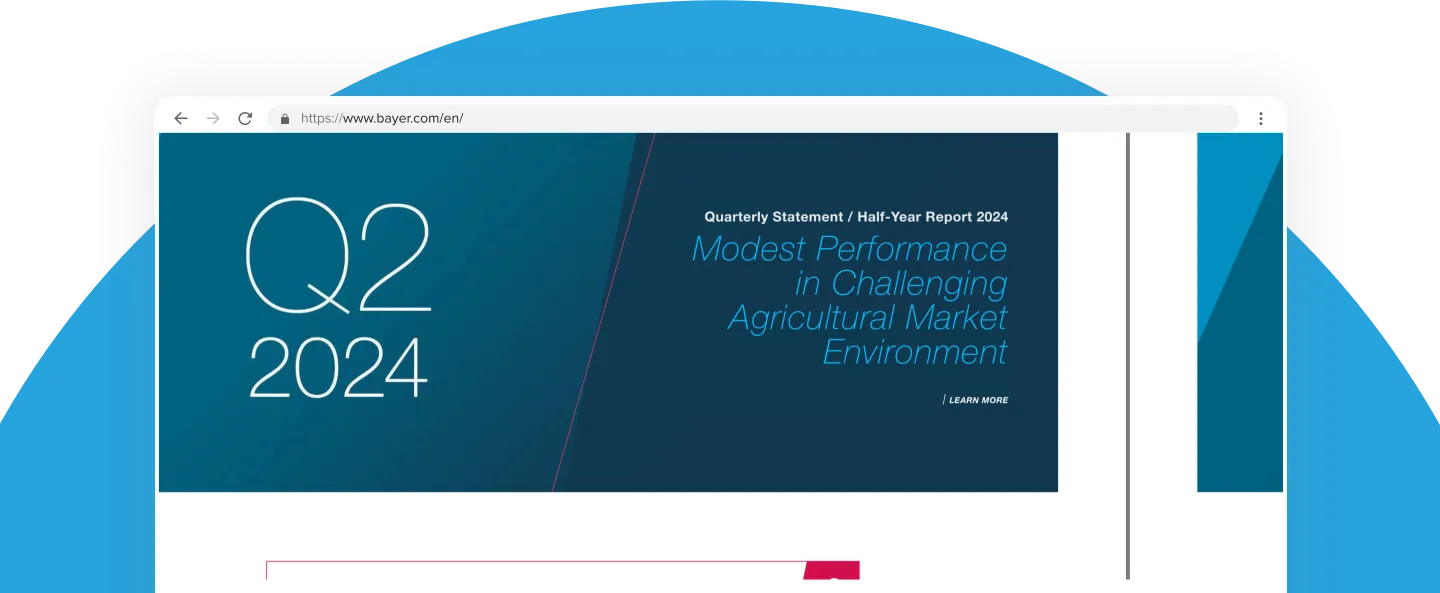
Technical Specifications
Drupal version:
Key modules/theme/distribution used:

